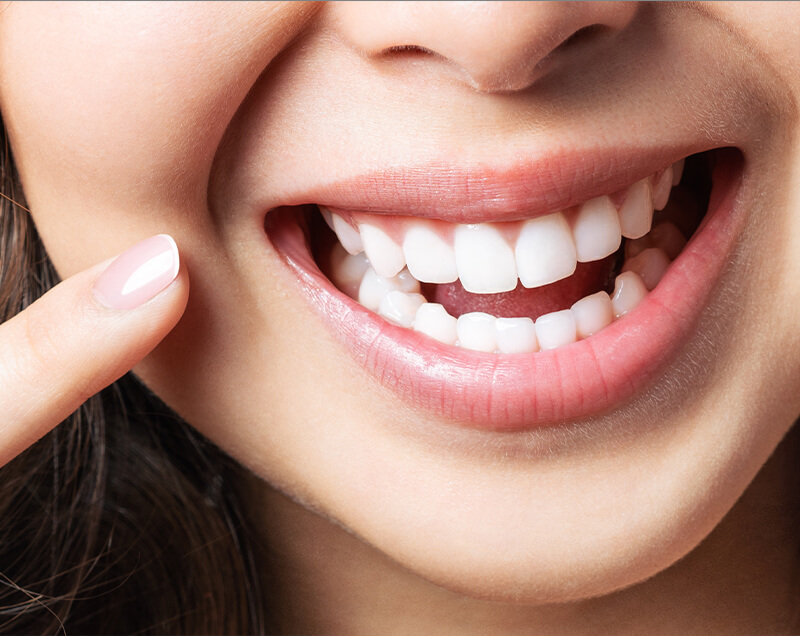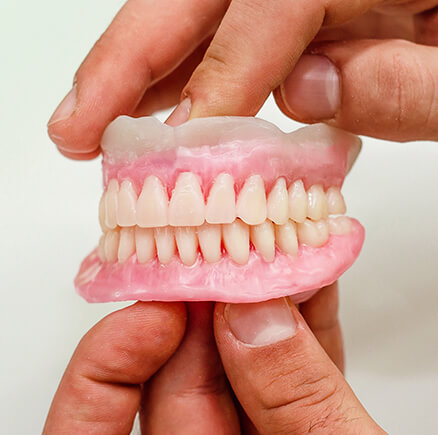
We carry out specialized treatments to control the bacteria that make the gums sick and to cure those that are already affected by gingivitis and periodontitis, threatening the stability of your teeth.
Having healthy gums is the guarantee to prevent not only the loss of your teeth, but also avoid the risk of suffering from systemic diseases such as: Diabetes, cardiovascular and/or pulmonary diseases, Alzheimer's, among others.
To know the state of your gums and what treatment is recommended, it is important to make a diagnosis with two procedures: radiography and probing to verify the presence of bleeding, depth of tartar and whether the bone is complete and healthy or there is deterioration and/or loss of it. This will determine what type of disease your gums have, what stage it is in and what treatments can be performed.
If you have gum disease: You should know that at the moment your problem is not serious, but it must be treated in time so that it does not trigger more serious problems with your gums.

To define the procedure to be performed, our orthodontists analyze, in addition to the medical conditions of each patient, their needs and budget, in order to define the most appropriate treatment.
It is important for the diagnosis of periodontal diseases, the performance of specialized tests, however, it is important that you go to a periodontal evaluation if you present one or more of these symptoms:
Treating your periodontal diseases in time will allow your bones to stay healthy, so that they can support your teeth for many years.
The treatment of periodontitis is made up of several procedures:
Similarly, it is important to follow the suggested recommendations at home:
Gingivitis consists of bleeding, inflammation and redness of the gums, without evidence of bone or attachment loss. Its appearance is due to the accumulation of bacteria in the gingival margins and the space between the teeth, which can be caused by poor oral hygiene, the continuous use of some medications, the presence of some diseases such as diabetes, among others.
On the other hand, periodontitis is generated by not treating gingivitis in time and in this the supporting tissues of the teeth are already affected, thus threatening the stability of the teeth.
For its prevention, correct oral hygiene is vital, brushing the teeth properly for at least 2 minutes, two or more times a day, using dental floss and mouthwash daily.
Also the annual assistance to dental consultation and prophylaxis with our professionals.
If there is tooth loss, it is most likely that the bone that supports them is deteriorated, for which prostheses or dental implants must be adapted.
It is important that you keep in mind that, if you have already been diagnosed with periodontitis, you should attend regular check-ups with your periodontist and not wait to feel your teeth move or lose them to request your appointment.
The teeth are attached to the bone by the periodontal ligament, which allows that once the teeth have been moved they can move a little, which allows their position to be modified through orthodontics, however, this movement is so minimal that it is practically imperceptible .
If a visibly unusual movement occurs, it may be a symptom of periodontitis and you should request your appointment with us as a priority, since you may be at risk of losing your teeth.
If you have a family history of periodontitis, it will be easier to develop it, however, if proper oral hygiene, professional dental cleanings and constant check-ups are carried out, its appearance can be totally preventable.
It can be done as long as the periodontitis is previously treated and under control.
It is considered positive to perform orthodontics once the periodontitis treatment is finished, since, as the teeth are properly aligned, their hygiene becomes much easier so that bacterial plaque and tartar can be better prevented.
Although a history of periodontitis is not a contraindication for the use of any orthodontic device, it is advisable to choose invisalign, since, being removable, oral cleaning becomes easier and they exert less pressure.
No. The gums bleed when they are inflamed by the accumulation of bacterial plaque, and therefore gingivitis or periodontitis.
Complete the following form and we will contact you shortly.